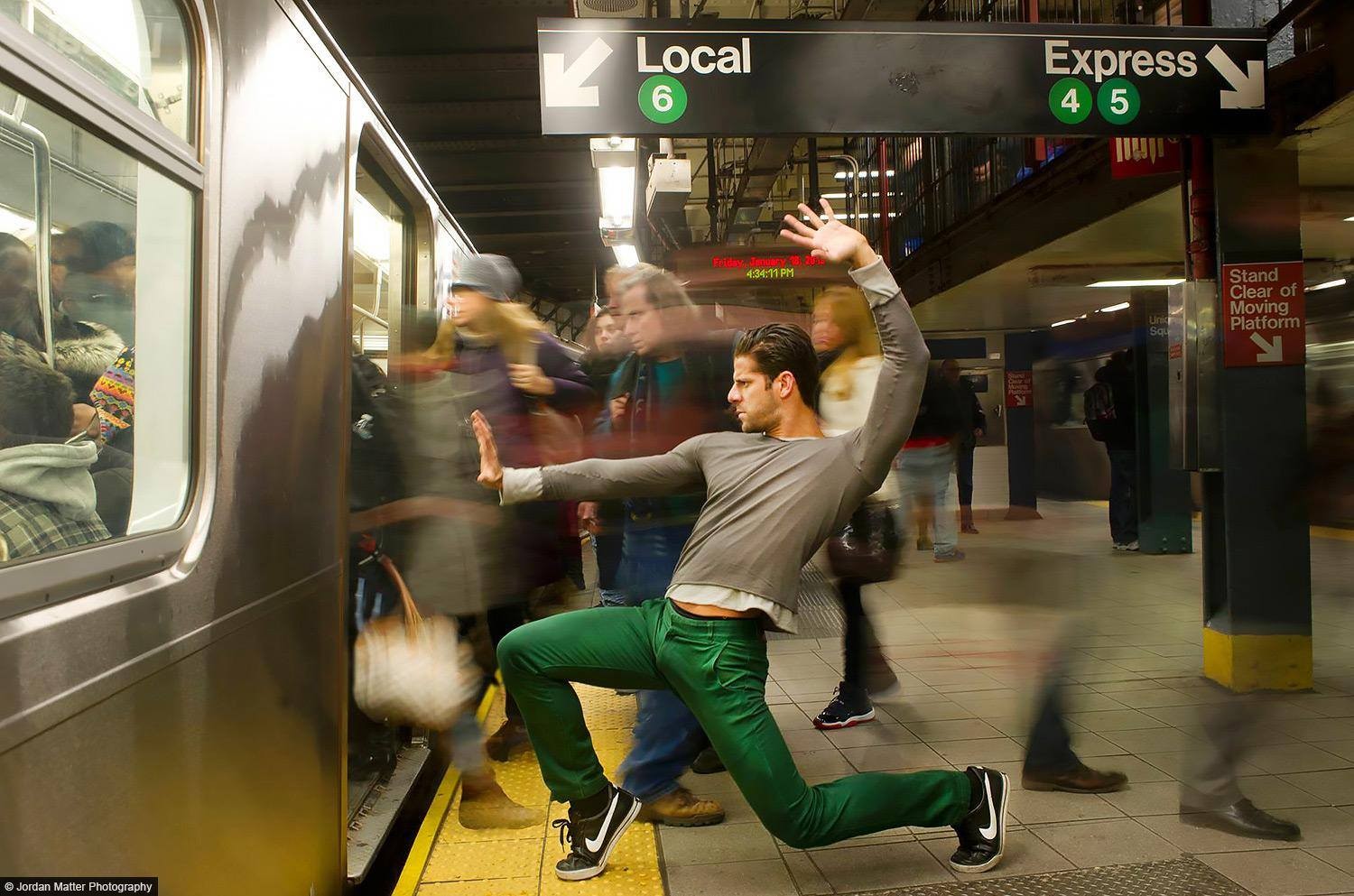How You Look vs How You Feel

When she first told me, I wasn’t even surprised. We’d just started our first series of private lessons together, and she explained she was ‘dancing just for me’. I had a hunch there was more to the story however, especially when she added: ‘I want to capture the look of a dancer.’
The look? Was she going to watch herself on tape, or in front of mirrors? Was that how she was dancing ‘just for herself’? Or was this rather for the attention of others?
I hear some of you asking, ‘so what? good-looking dancers have more dance partners, performance contracts, even competition awards. Are you trying to discourage that?’
Well of course not – I’m only discouraging making that priority number one. You can spend hours refining your technique, watching tapes of yourself to plan how you can improve your appearance. But if you lose touch with how dancing feels good in your body, say goodbye to the joy dancing used to bring you.
I’m reminded of a conversation I had with a very high level ballroom dance coach. She had won countless awards and was well respected in her field. Yet she was made speechless by the single question I asked her.
That question was, ‘Are you happy with all that?’
You see, dancing had gone from something she enjoyed doing to something she was paid to do. She knew all about creating the ‘look’ of the dance, right down to the facial expressions. But did she still enjoy dancing? She didn’t seem to know.
Try this: the next time you go to a social, or practice your steps, focus on what feels good. It takes practice, but over time you will discover that moving in a way that feels natural for your body will look natural as well.
This isn’t to say you should avoid any movement that makes you uncomfortable – the edge of your comfort zone is where true growth begins. But develop sensitivity for the painful, the tight, the unbalanced (unless the style calls for it) movements – these are red flags that can turn into real injuries if ignored.
Unfortunately for high-level competitive dancers, this mentality will only take you so far. You have to balance the needs of your body with judges’ expectations, and I feel for you. At the very least, take some time to dance for yourself once and a while, in a way you enjoy and doesn’t strain your body.
Sometimes learning to dance can be frustrating, and sometimes we push ourselves harder than we want to for that upcoming performance or audition. But if we stay connected to the pleasure of movement over the praise of others, we will continue to move in joy, long after the audience has gone home.
About the Author
Ian Crewe has been dancing ballroom for over 18 years, and has a Licentiate in American smooth and rhythm. His passion for dance eventually led him to blogging and the World Wide Web. Ian currently teaches at the Joy of Dance Centre, Toronto, ON, Canada.

